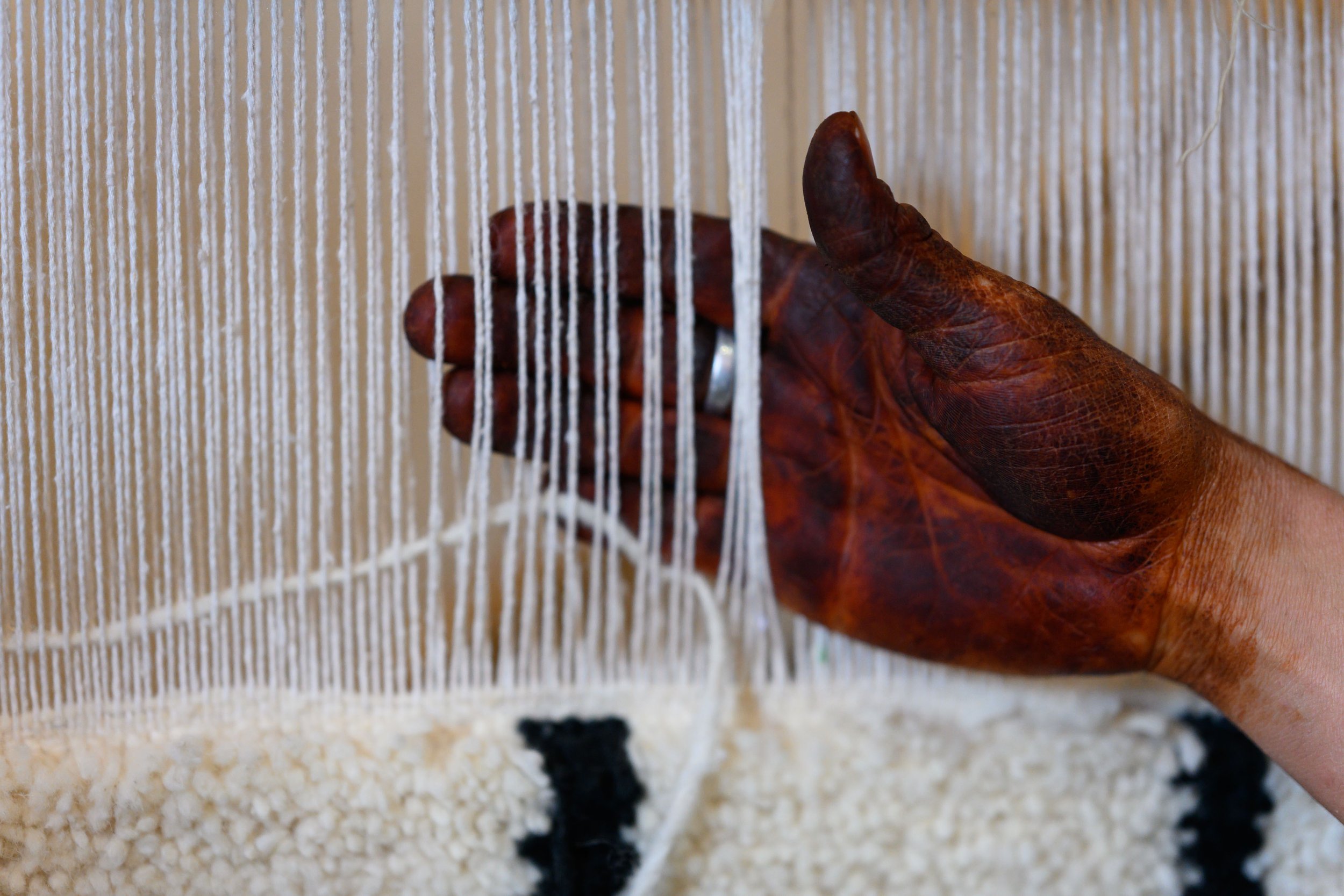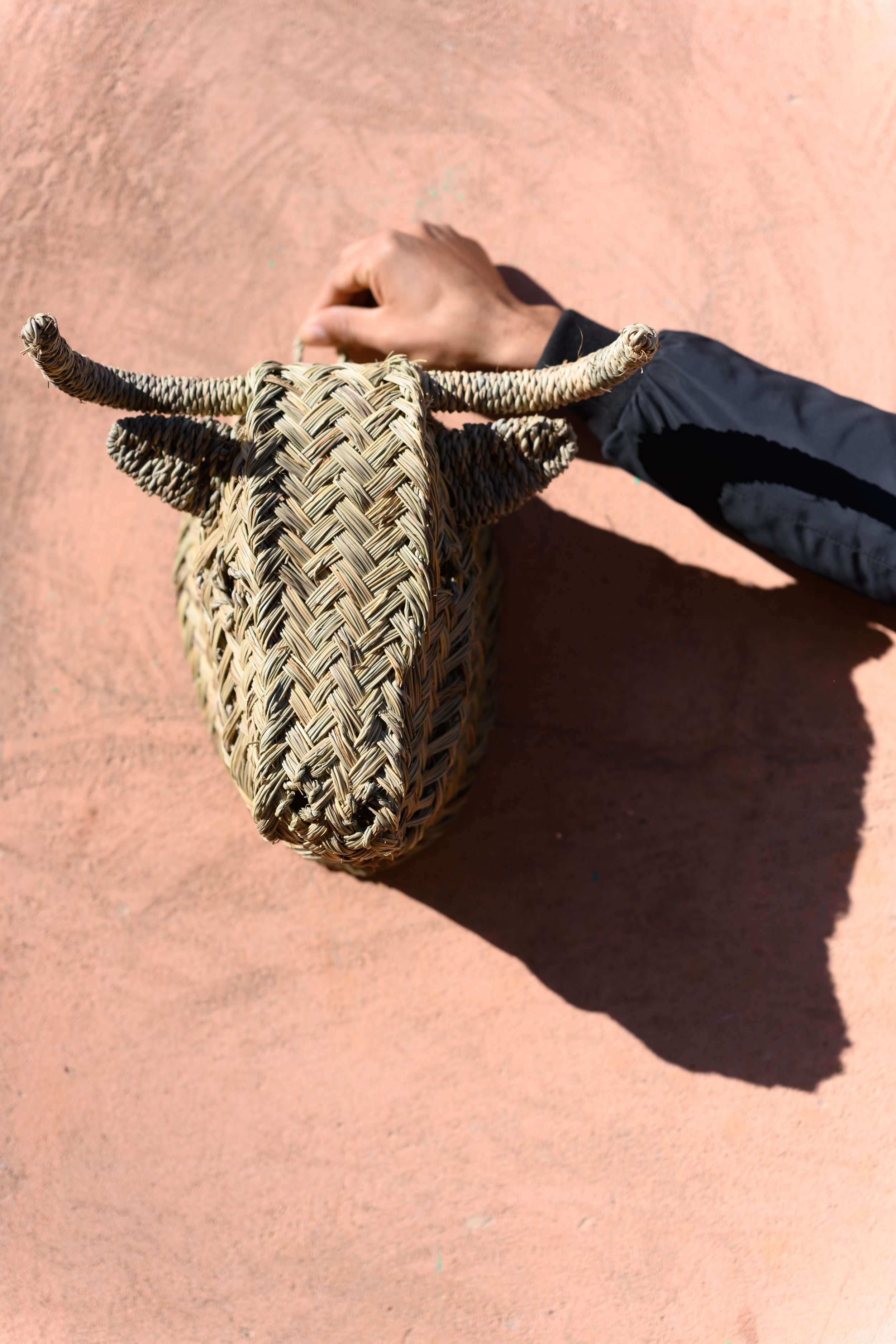Ethical Enterprises and craft sourcing
Starting a journey
I believe my journey started when I was young. I was inspired by my parents who loved to travel. My mother is an interior designer, so I was always around textiles. She had a great eye and a love for beautiful things. My father is an architect and a great photographer. I suppose their passions became mine. I remember when I was in high school realizing I was getting older and would have to get a “real job” soon. I feared losing that freedom to travel as part of my life, so I made it a point to build a career where travel and exploration would be central. I wanted to have freedom, be on my feet, and be my own boss.
Throughout college, I studied abroad and always felt myself drawn to textiles and craft. I went to Peru and Bolivia one summer and that’s where my love for this field began.
Soon after I met a designer in Boulder, Colorado who was one of the first designers I had seen who was designing high end home décor inspired by traditional techniques from Peru. This idea of a win-win enterprise, creating opportunities for communities in need while creating modern designs inspired me. I knocked on her door for years asking her to allow me to intern for her. She eventually said yes and soon I had a full-time position. This is really where my journey began.
Inspiration
I am writing from southern Morocco and happy to be in the field again. I am reminded how fueled I am by traveling, working side by side with artists to develop new ideas with them that I can share with my network.
I feel that sometimes people in this field don’t see the “artisans” as artists and I really want to help elevate what these artists should be earning by showing the exquisite craftsmanship and quality of their work through beautiful photography and design.
And of course, what also fuels me is knowing that by creating work for artists, it has a positive ripple effect throughout entire communities.
Artisan to Buyers, the balancing act
When companies come to me with ideas and interests, I first tell the artist what the project is. They have to agree that it feels right to them before I make an introduction. Then, of course, it must feel right for both sides. It’s like developing any relationship – it takes time and trust to develop into something strong and lasting. Sometimes it doesn’t work. I find this happens most often when the buyer’s goals or needs weren’t totally clear or when there is a lack of communication between the two sides. The key to creating a good balance is having fewer but stronger partnerships. I see a lot of impact and strong outcomes when a company puts more emphasis on design with fewer partners. The trust can build more easily because there’s more time and focus spent on nurturing it.
Communicating authenticity to a global audience
Over the years, I have built relationships with vendors that I continue to work with now. I also love meeting new ones, but I often know quite quickly which ones will work and which ones will not. I need quick communication – that’s a strong sign that helps to build confidence when meeting someone new. To stand apart, I encourage brands to push design as much as possible.
Everyone I put my clients in touch with offers goods that are ethical, so it’s a matter of storytelling to prove that you have true impact and relationships. For example, I always push my clients to invest in fewer partners so they can travel to those artists’ communities to spend time and photograph the process. This way they can “show not tell” all the rich stories about new products, the behind-the-scenes of how they’re made, and the true impact they are making on the ground. Going deeper with visual storytelling is key, as is spending more time on developing unique collections.
Equilibrium between the traditional and the contemporary
The product and its design are very important but for me, it’s really about the people behind it. It has to be of high-quality and beautiful but should also promote sustainable materials, empower artist communities, and be uniquely handmade. I look for unique things that naturally catch my eye. I work off instinct and can usually sense a trend well in advance that I feel has a long lifeline. I love traditional craft in natural materials and simple shapes that can fit in a contemporary setting. That is what I love going after. Also, I strive to really look at technique, stripped of all frills and displayed in a natural color. Maintaining what is traditional to an area but allowing the technique to shine is what makes something special in my mind. Usually, when a traditional technique is used with a natural fiber or naturally dyed color palette, it’s quite beautiful.
aowhandmade.com




